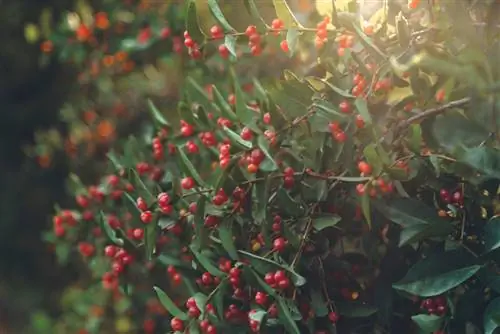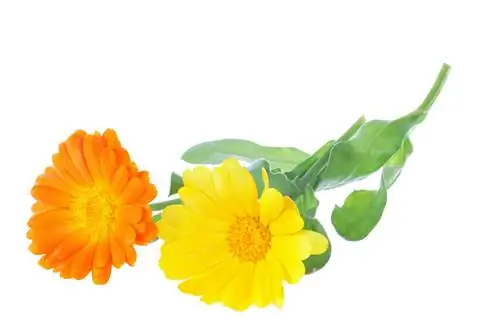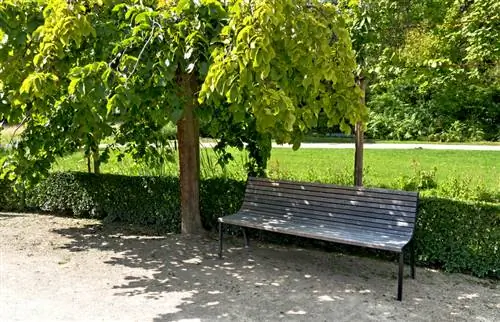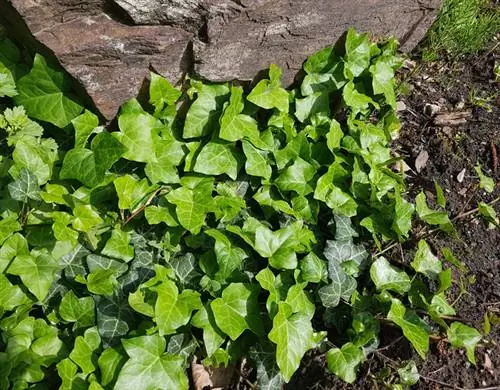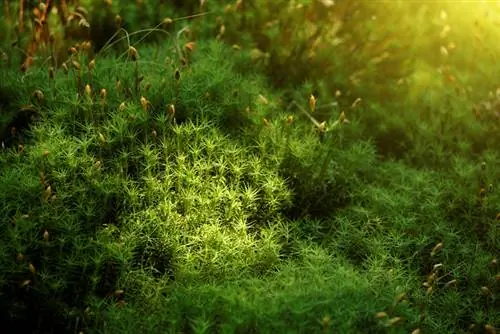- Author admin [email protected].
- Public 2023-12-16 16:46.
- Last modified 2025-06-01 06:02.
Within one of the most species-rich woody genera in the world, there is the ideal barberry to discover for every design wish in the garden. This profile summarizes the outstanding attributes of Berberis species in a compact manner in order to open the door for interested home gardeners to the wonderful world of sour thorn and its relatives.
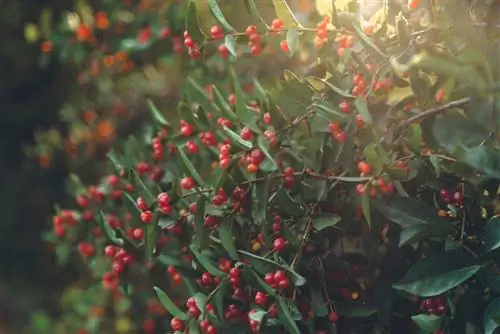
What are the properties and characteristics of barberry?
Barberries are a genus of 500-600 species in the plant family Berberidaceae. They are widespread worldwide and grow as deciduous or evergreen shrubs. The strong thorns, yellow flowers and red berries are typical. The plants are slightly poisonous but hardy and prefer sunny to shady locations with dry to moderately moist soil.
Characteristics, origin and properties at a glance - barberry profile
Barberries are the cosmopolitans in the kingdom of woody plants. They are represented on almost every continent with special species that have adapted to the respective climate. Countless varieties have emerged from the most beautiful barberries, which are showcased in parks, ornamental gardens and on balconies. The following profile summarizes what makes these trees, which are as beautiful as they are scratchy, stand out:
- Plant family: Barberry family (Berberidaceae)
- Genus: Barberry (Berberis) with 500 to 600 species
- Occurrence: worldwide, primarily in Asia, Europe and America
- Growth: deciduous or evergreen shrubs, rarely small trees
- Growth height: 30 to 300 cm
- Special feature: one to seven-part, strong thorns up to 5 cm long
- Leaves: simple, obovate, serrated or thorny edge
- Flowers: yellow disc flowers from May to June, mostly in dense clusters
- Fruits: red, 0.5 to 1 cm long, dark red berries with a few seeds in autumn, some edible
- Poison content: slightly poisonous in all parts, apart from the fruits
- Winter hardiness: completely hardy
- Location preferences: sunny to shady, dry to moderately moist, preferably calcareous soil
Barberry offers a wide range of possible uses. Majestic species, such as Berberis julianae, function as opaque hedges or impressive solitary plants. Dwarf species, such as Berberis thunbergii, are useful as ground cover or decorate the balcony and terrace in pots. Medium-high growing barberries, such as Berberis frikartii, enrich the garden design as a visual axis or serve as a decorative room divider.
Tip
If you are thinking about planting barberries as a wild fruit hedge, the common barberry (Berberis vulgaris) should be considered. The deciduous, native species rightly bears the popular name sour thorn. In autumn you can harvest the tart, dark red berries and prepare them in a variety of ways.

